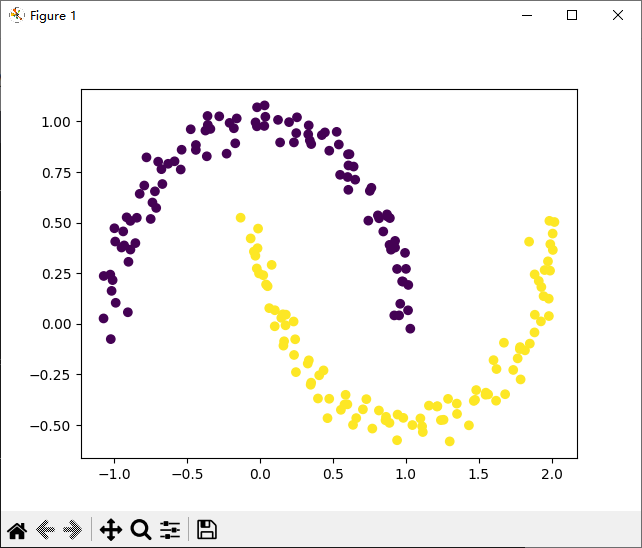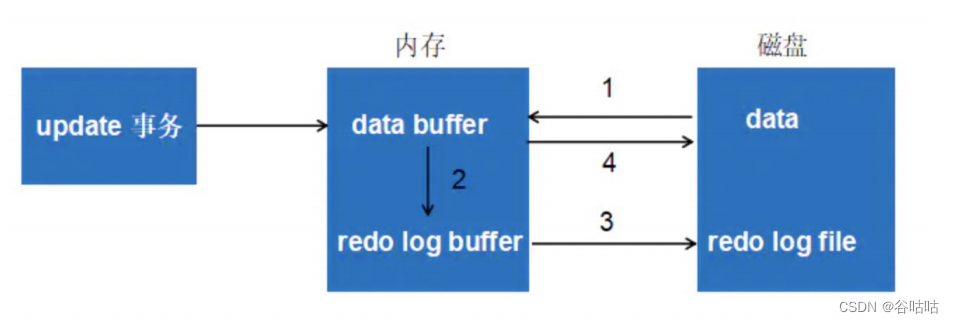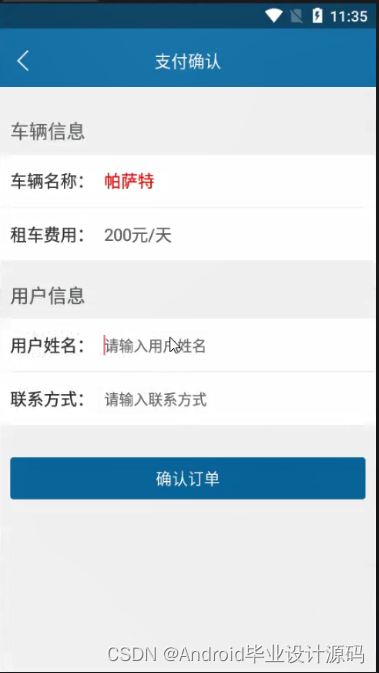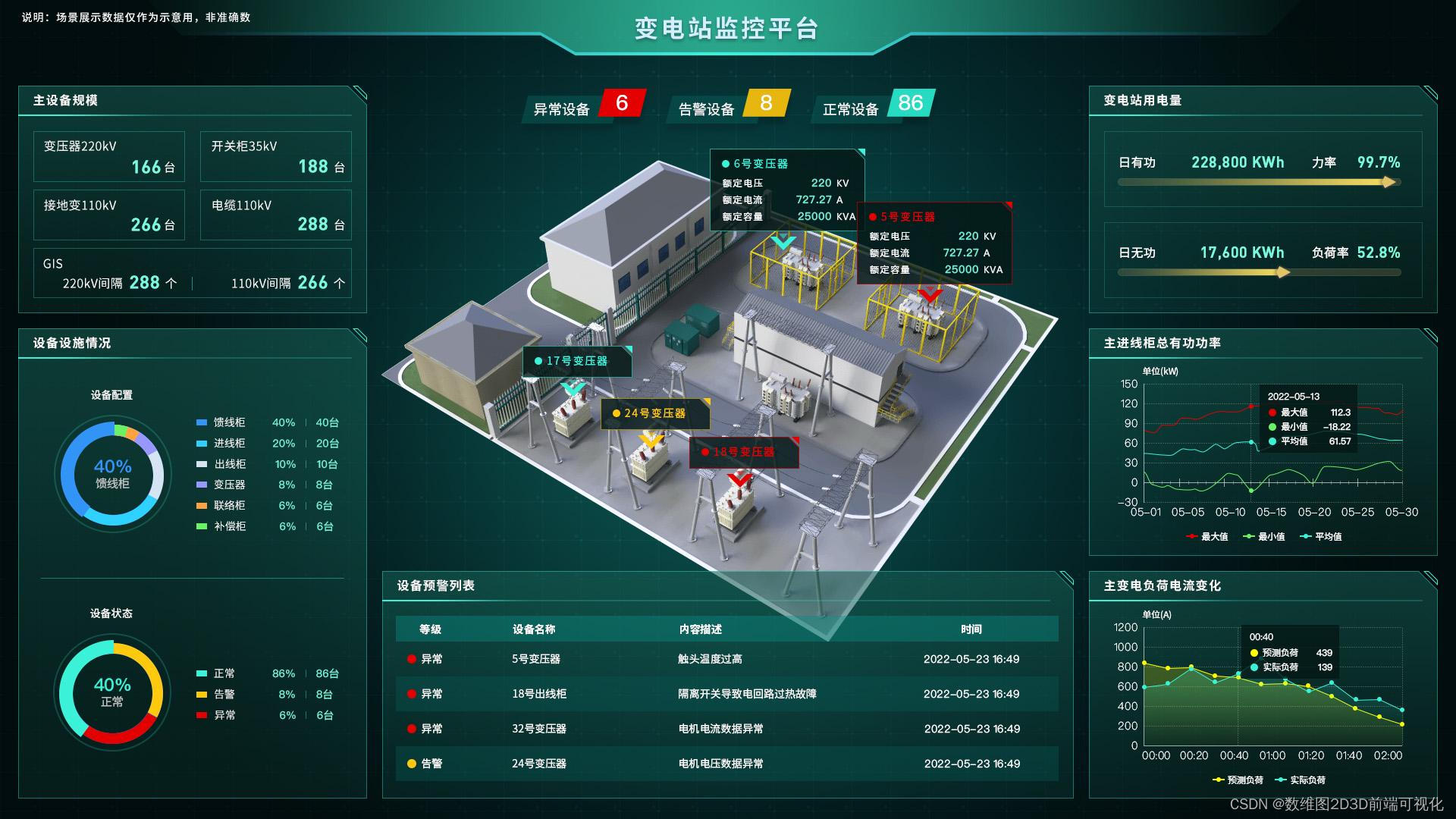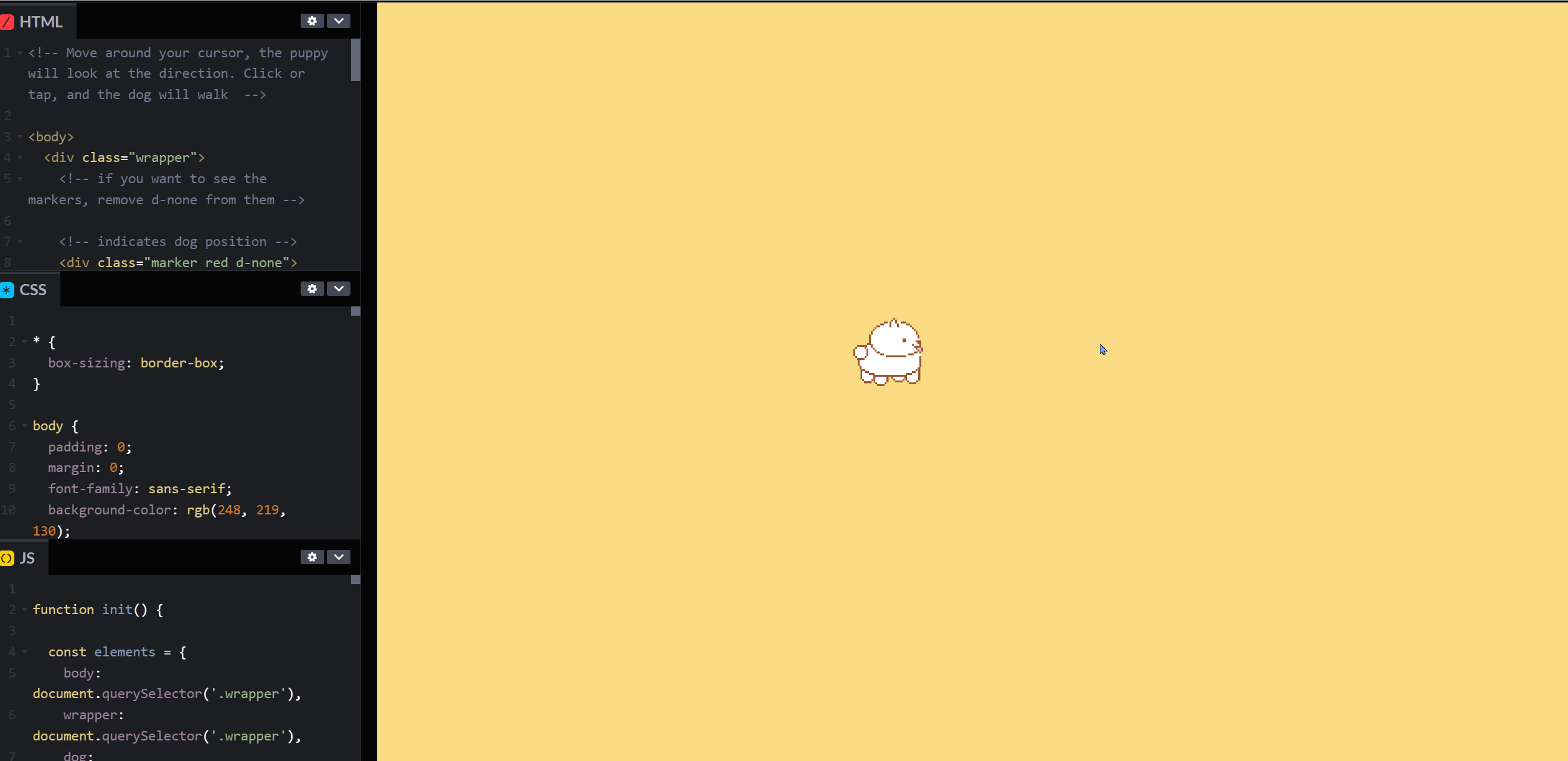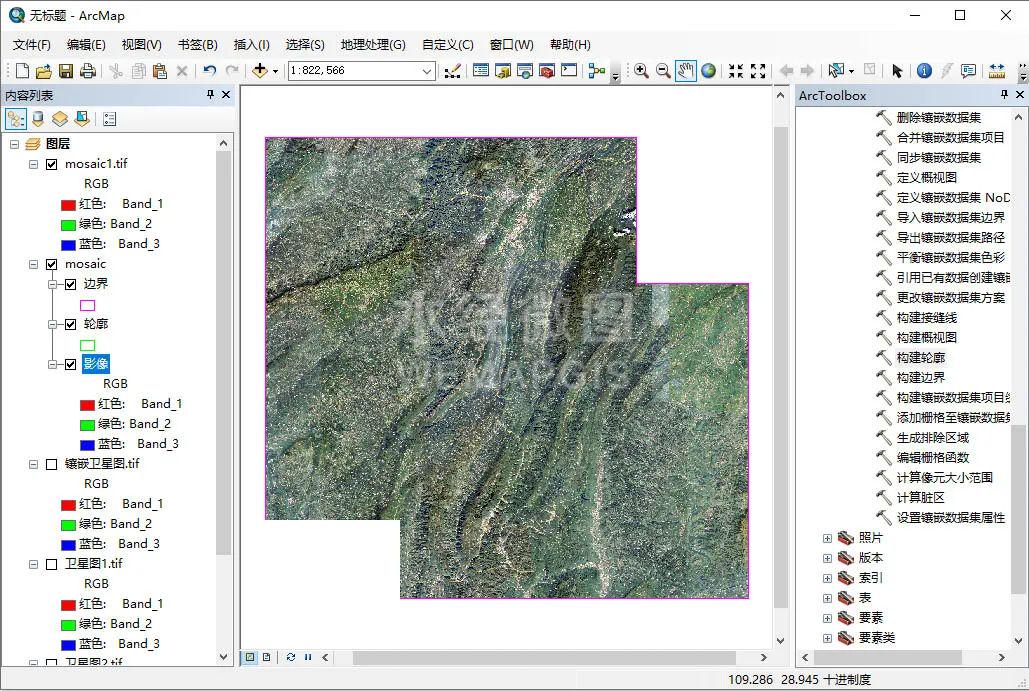构建器(Builder)设计模式
构建器(Builder)模式是一种独特的设计模式,它有助于使用简单对象构建复杂对象并使用算法。 这种设计模式属于创建型模式。 在这种设计模式中,构建器类逐步构建最终对象。 该构建器独立于其他对象。
构建器(Builder)模式的优点
它提供了清晰的分离和独特的层次,可以在构建和表示由类创建的指定对象之间进行表示。
它可以更好地控制所建模式的实现过程。
它提供了改变对象内部表示的场景。
如何实现构建器模式?
在本节中,我们将学习如何实现构建器模式。参考以下实现代码
class Director:
__builder = None
def setBuilder(self, builder):
self.__builder = builder
def getCar(self):
car = Car()
# First goes the body
body = self.__builder.getBody()
car.setBody(body)
# Then engine
engine = self.__builder.getEngine()
car.setEngine(engine)
# And four wheels
i = 0
while i < 4:
wheel = self.__builder.getWheel()
car.attachWheel(wheel)
i += 1
return car
# The whole product
class Car:
def __init__(self):
self.__wheels = list()
self.__engine = None
self.__body = None
def setBody(self, body):
self.__body = body
def attachWheel(self, wheel):
self.__wheels.append(wheel)
def setEngine(self, engine):
self.__engine = engine
def specification(self):
print "body: %s" % self.__body.shape
print "engine horsepower: %d" % self.__engine.horsepower
print "tire size: %d\'" % self.__wheels[0].size
class Builder:
def getWheel(self): pass
def getEngine(self): pass
def getBody(self): pass
class JeepBuilder(Builder):
def getWheel(self):
wheel = Wheel()
wheel.size = 22
return wheel
def getEngine(self):
engine = Engine()
engine.horsepower = 400
return engine
def getBody(self):
body = Body()
body.shape = "SUV"
return body
# Car parts
class Wheel:
size = None
class Engine:
horsepower = None
class Body:
shape = None
def main():
jeepBuilder = JeepBuilder() # initializing the class
director = Director()
# Build Jeep
print "Jeep"
director.setBuilder(jeepBuilder)
jeep = director.getCar()
jeep.specification()
print ""
if __name__ == "__main__":
main()执行上面程序,得到以下输出结果

原型设计模式
原型设计模式有助于隐藏该类创建实例的复杂性,在对象的概念将与从头创建的新对象的概念不同。
如果需要,新复制的对象可能会在属性中进行一些更改。这种方法节省了开发产品的时间和资源。
如何实现原型模式? 现在让我们看看如何实现原型模式。代码实现如下 -
import copy
class Prototype:
_type = None
_value = None
def clone(self):
pass
def getType(self):
return self._type
def getValue(self):
return self._value
class Type1(Prototype):
def __init__(self, number):
self._type = "Type1"
self._value = number
def clone(self):
return copy.copy(self)
class Type2(Prototype):
""" Concrete prototype. """
def __init__(self, number):
self._type = "Type2"
self._value = number
def clone(self):
return copy.copy(self)
class ObjectFactory:
""" Manages prototypes.
Static factory, that encapsulates prototype
initialization and then allows instatiation
of the classes from these prototypes.
"""
__type1Value1 = None
__type1Value2 = None
__type2Value1 = None
__type2Value2 = None
@staticmethod
def initialize():
ObjectFactory.__type1Value1 = Type1(1)
ObjectFactory.__type1Value2 = Type1(2)
ObjectFactory.__type2Value1 = Type2(1)
ObjectFactory.__type2Value2 = Type2(2)
@staticmethod
def getType1Value1():
return ObjectFactory.__type1Value1.clone()
@staticmethod
def getType1Value2():
return ObjectFactory.__type1Value2.clone()
@staticmethod
def getType2Value1():
return ObjectFactory.__type2Value1.clone()
@staticmethod
def getType2Value2():
return ObjectFactory.__type2Value2.clone()
def main():
ObjectFactory.initialize()
instance = ObjectFactory.getType1Value1()
print "%s: %s" % (instance.getType(), instance.getValue())
instance = ObjectFactory.getType1Value2()
print "%s: %s" % (instance.getType(), instance.getValue())
instance = ObjectFactory.getType2Value1()
print "%s: %s" % (instance.getType(), instance.getValue())
instance = ObjectFactory.getType2Value2()
print "%s: %s" % (instance.getType(), instance.getValue())
if __name__ == "__main__":
main()
执行上面程序,将生成以下输出 -

输出中,使用现有的对象创建新对象,并且在上述输出中清晰可见。
